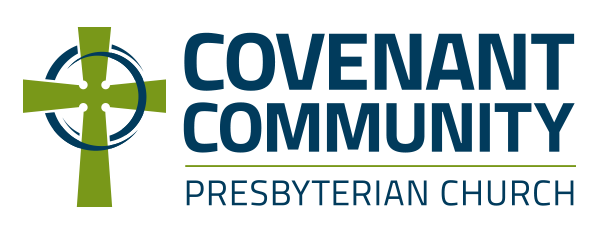February 1, 2017
Recap: Basil Ganglia, Habit Loop, Starting Habits (Defining Rewards and Cues), Changing Habits (awareness, routine replacement, belief, community), Addiction as a Disease, Breaking Addictions
“Addiction can be defined as persistent, compulsive drug use/behavior in the face of increasingly negative life consequences.” – David Linden
Breaking Addictions
1. Acceptance
We cannot force people to acceptance, but we can “raise up the bottom.”
Insane no pain -> Insane with pain -> Sane
This is God’s challenge with human sin – CS Lewis speaks of “the megaphone of pain.”
2. External Support
Belief and Community
For the supports of addicts – danger of co-dependence.
- Clear guidelines for supporters: I will do whatever is helpful to get you sober, and nothing that might contribute to your disease. No secrets. We cannot exacerbate another’s addiction.
- Understanding the addiction pattern/signs
3. Habit Modification
Routine Replacement (AA)
4. Relapse Plan
Accountability, grace, process.
Jesus – how many times should I forgive my brother?
But, am I following #2 above – only helping, not hurting?
Homework Check In
How’s it going with starting and changing existing habits?
Keystone Habits and Organizational Change
Alcoa and the Worker Safety Revolution – What makes for a keystone habit?
- Clear objective and defined habit loop
- Cascading effects
Exercise, dinner with your family, making your bed in the morning, reading Scripture, etc.
Jesus’ teaching model – keystone habits and worldview change
Widespread change begins with small wins.
Expanded Community – Strong ties, weak ties, self-propulsion
Creating new cultural habits and expectations – Civil Rights Movement
Jesus’ church model – the 1, 3, 12, 70, and 5,000
How the Church Changes
Keystone Habits and small wins for individuals - New Movement Readings
Keystone Habits and small wins for community - WIGS (Small wins, widespread change)
Expanded Community - Lenten Small Groups, Supper Clubs, Mission Trips, etc.
Creating a self-propelled culture - ?
Conversation: Discussion Questions
1. What are existing keystone habits in your life? What might be a keystone habit to affect change for you? How do you dig until you find such a habit?
2. Describe your ties to the church. Do you have strong ties to 6+ people? Weak ties to many more? If yes, what helped you make those connections? If no, what is preventing you from making those connections?
3. What are the cultural expectations of CCPC? How are they similar or different to those of the kingdom of heaven?
4. What habits are you starting or stopping to deepen your relationship with Jesus? Recall the pattern of habit formation from this course and write out a plan to identify the steps of the habit loop, find community support, and engage God in the process.
